Closely linked to oil and gas, the petrochemicals industry takes raw materials from refining and gas processing and, through chemical process technologies, converts them into valuable products. In this sector, the organic chemicals produced in the largest volumes are methanol, ethylene, propylene, butadiene, benzene, toluene and xylenes (BTX). These chemicals are the building blocks of many consumer goods including plastics, clothing fabric, construction materials, synthetic detergents and agrichemical products.
Potential Hazards
Exposure to potential hazardous substances is more likely to occur during shutdown or maintenance work as these are a deviation from the refinery’s routine operations. As these deviations are out of normal routine, care should be exercised at all times to avoid the inhalation of solvent vapours, toxic gases, and other respiratory contaminants. The assistance of constant automated monitoring is helpful in determining the presence of solvents or gases, allowing their associated risks to be mitigated. This includes warning systems such as gas and flame detectors, supported by emergency procedures, and permit systems for any kind of potentially dangerous work.
The petroleum industry is split into upstream, midstream and downstream and these are defined by the nature of the work that takes place in each area. Upstream work is typically known as the exploration and production (E&P) sector. Midstream refers to the transportation of products through pipelines, transit and oil tankers as well as the wholesale marketing of petroleum-based products. The downstream sector refers to the refining of petroleum crude oil, the processing of raw natural gas and the marketing and distribution of finished products.
Upstream
Fixed and portable gas detectors are needed to protect plant and personnel from the risks of flammable gas releases (commonly methane) as well as from high levels of H2S, particularly from sour wells. Gas detectors for O2 depletion, SO2 and volatile organic compounds (VOCs) are required items of personal protection equipment (PPE), which is usually highly visible colour and worn near breathing space. Sometimes HF solution is used as a scouring agent. Key requirements for gas detectors are rugged and reliable design and long battery life. Models with design elements that support easy fleet management and compliance obviously have an advantage. You can read about VOC risk and Crowcon’s solution in our case study.
Midstream
Fixed monitoring of flammable gases situated close to pressure relief devices, filling and emptying areas is necessary to deliver early warning of localised leaks. Multi-gas portable monitors must be used to maintain personal safety, especially during work in confined spaces and supporting hot work permit area testing. Infrared technology in flammable gas detection supports purging with the ability to operate in inert atmospheres and delivers reliable detection in areas where pellistor type detectors would fail, due to poisoning or volume level exposure. You can read more on how infrared detection works in our blog and read our case study of infrared monitoring in refinery settings in Southeast Asia.
Portable laser methane detection (LMm) allows users to pin-point leaks at distance and in hard-to-reach areas, reducing the need for personnel to enter potentially dangerous environments or situations while performing routine or investigative leak monitoring. Using LMm is a quick and effective way to check areas for methane with a reflector, from up to 100m away. These areas include closed buildings, confined spaces and other difficult-to-reach areas such as above-ground pipelines that are near water or behind fences.
Downstream
In downstream refining, the gas risks may be almost any hydrocarbon, and may also include hydrogen sulphide, sulphur dioxide and other by-products. Catalytic flammable gas detectors are one of the oldest flammable gas detector types. They work well, but must have a bump testing station, to ensure each detector responds to the target gas and is still functional. The ongoing demand to reduce facility down-time whilst ensuring safety, especially during shutdown and turnaround operations, means that gas detection manufacturers must deliver solutions offering ease of use, straightforward training and reduced maintenance times, along with local service and support.
During plant shutdowns, processes are stopped, items of equipment are opened and checked and the number of people and moving vehicles at the site is many times higher than normal. Many of the processes undertaken will be hazardous and require specific gas monitoring. For example, welding and tank cleaning activities require area monitors as well as personal monitors to protect those on site.
Confined space
Hydrogen sulphide (H2S) is a potential problem in the transport and storage of crude oil. The cleaning of storage tanks presents a high hazard potential. Many confined-space entry problems can occur here, including oxygen deficiency resulting from previous inerting procedures, rusting, and oxidation of organic coatings. Inerting is the process of reducing the oxygen levels in a cargo tank to remove the oxygen element required for ignition. Carbon monoxide can be present in the inerting gas. In addition to H2S, depending on the characteristics of the product previously stored in the tanks, other chemicals that may be encountered include metal carbonyls, arsenic, and tetraethyl lead.
Our Solutions
Elimination of these gas hazards is virtually impossible, so permanent workers and contractors must depend on reliable gas detection equipment to protect them. Gas detection can be provided in both fixed and portable forms. Our portable gas detectors protect against a wide range of gas hazards, these include Clip SGD, Gasman, Tetra 3, Gas-Pro, T4, Gas-Pro TK and Detective+. Our fixed gas detectors are used in many applications where reliability, dependability and lack of false alarms are instrumental to efficient and effective gas detection, these include Xgard, Xgard Bright, Fgard IR3 Flame Detector and IRmax. Combined with a variety of our fixed detectors, our gas detection control panels offer a flexible range of solutions that measure flammable, toxic and oxygen gases, report their presence and activate alarms or associated equipment, for the petrochemical industry our panels include Addressable Controllers, Vortex and Gasmonitor.
To find out more on the gas hazards in the petrochemical industry visit our industry page for more information.


